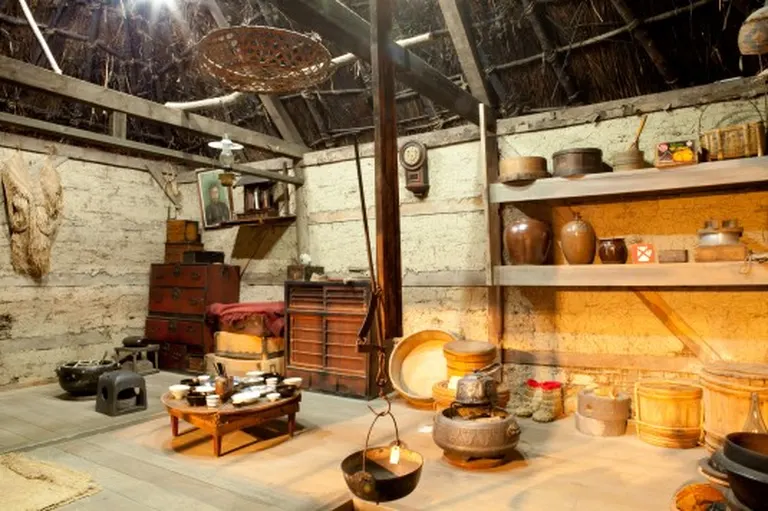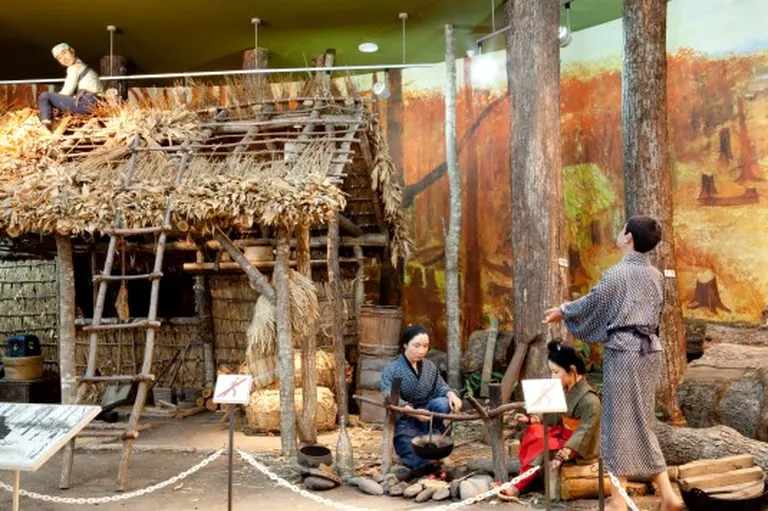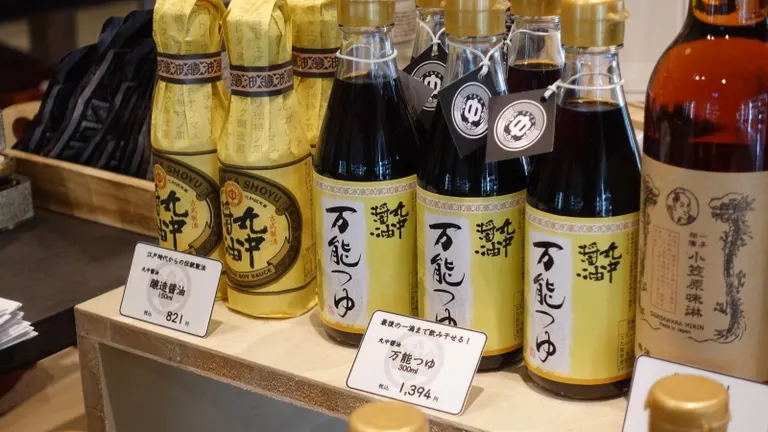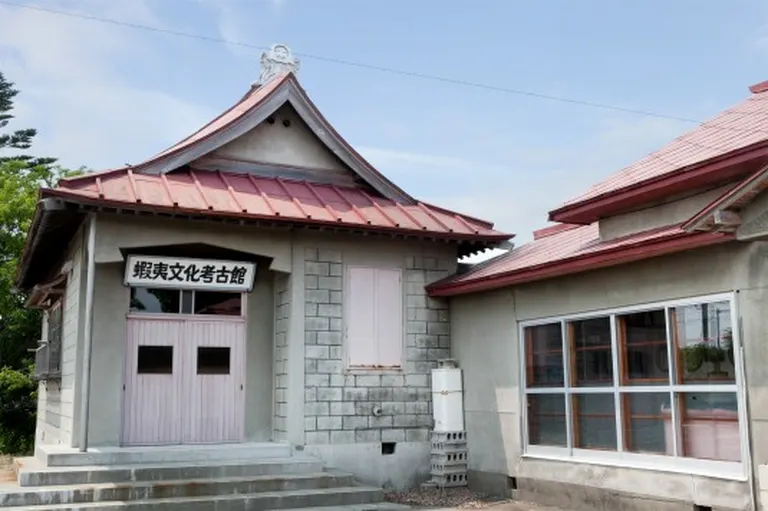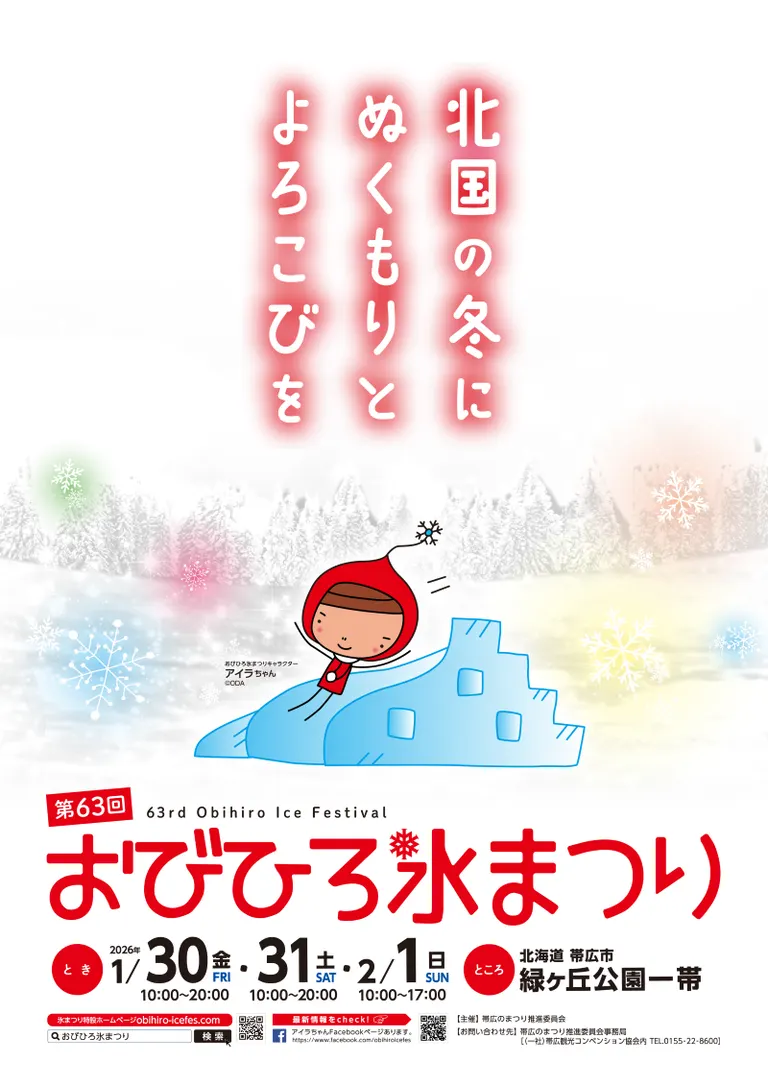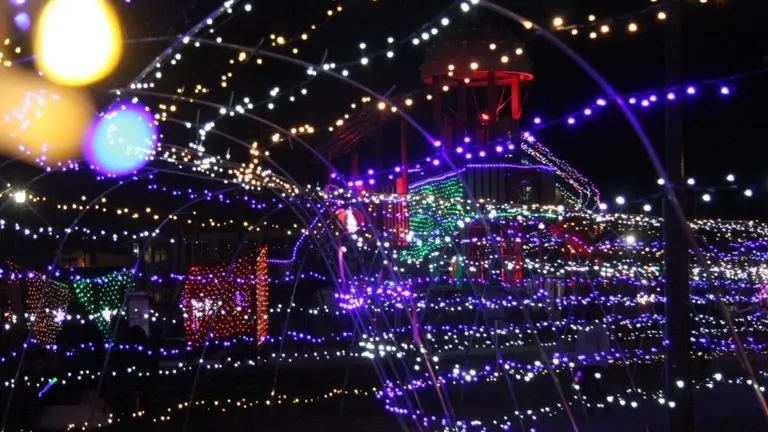SPOT
MAKUBETE TOWN FURUSATO MUSEUM
Paddy fields flourished from the late Meiji period to the 1960s. The paddy fields of the Tomobetsu area are absolutely essential to the history of Makubetsu Town. Benzo Yoda, the founder of Tokachi pioneering, is reported to have been "a successful man who had a string of failures," but the only success he had was in the paddy fields of the Dombetsu farm. Aerial photographs from that period show rice paddies spreading across the entire area of the Tomobetsu district. Paddy fields were also developed in the Nishi-Sarubetsu district during the same period, which means that Makuubetsu Town played a major role in Japan's staple food supply from the early Taisho era to the postwar period. The Furusato Museum exhibits a "kimari hut" (the actual hut was moved into the museum) where peasants lived in those days. The name of this hut is said to have come from the fact that there were more than a dozen houses of a "fixed size" (6 tsubo).
The hoe used to dig up the fields during the pioneer era, the saw and axe used to cut down the dense trees, and the butter churn (a tool used to churn milk) that marks the history of butter production are all valuable historical assets on display at the Furusato Museum.
Business Hours
Hours: 9:00-17:00
regular closing day
Closed on Mondays and Tuesdays (If Monday or Tuesday is a national holiday, the museum will be open on Monday and closed the following Wednesday.
Fee
Admission Adults (high school students and older) 200 yen Elementary and junior high school students 100 yen
Location
384-3 Yoda, Makubetsu-cho
The information is current as of March 2021.
Please check the official website for details.




